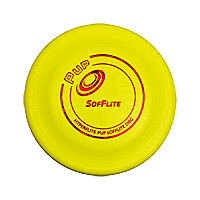By Debra Sellon
Photos by Lesley Mattuchio
This type of research for performance dogs is especially difficult because there are almost no veterinary researchers who have easy access to sufficient numbers of affected dogs to collect the necessary data. The research requires data from a relatively large numbers of dogs with the same or very similar problems to reach a scientifically valid conclusion. In order to answer the important questions related to injury and canine athletic performance, the agility community must step forward and offer their help to these researchers.
The research team, led by Dr. Debra Sellon at Washington State University College of Veterinary Medicine, includes Dr. Denis Marcellin-Little at North Carolina State University College of Veterinary Medicine, Dr. Michelle Powers at Massachusetts Veterinary Referral Hospital, and Ms. Katherine Martucci, a first year veterinary student at Washington State University.
To begin their efforts, this team has designed a survey asking questions about whether or not dogs return to their previous level of performance in agility competition after specific types of toe injuries or surgeries. All agility dogs are eligible, regardless of whether the toe injury occurred during agility training/competing or whether the dog returned to the sport after recovery. All types of toe problems (injury, disease, tumor, etc.) are included in this study.
Additional details regarding the research are available at http://www.vetmed.wsu.edu/researchVCS/agilityToes.aspx.
The survey can be accessed here: https://www.research.net/s/WSU-agility-dog-toes. The online questionnaire takes approximately 3-5 minutes to complete for dogs who were not treated with a toe amputation, and 10-15 minutes to complete for dogs who had one or more toes amputated.









